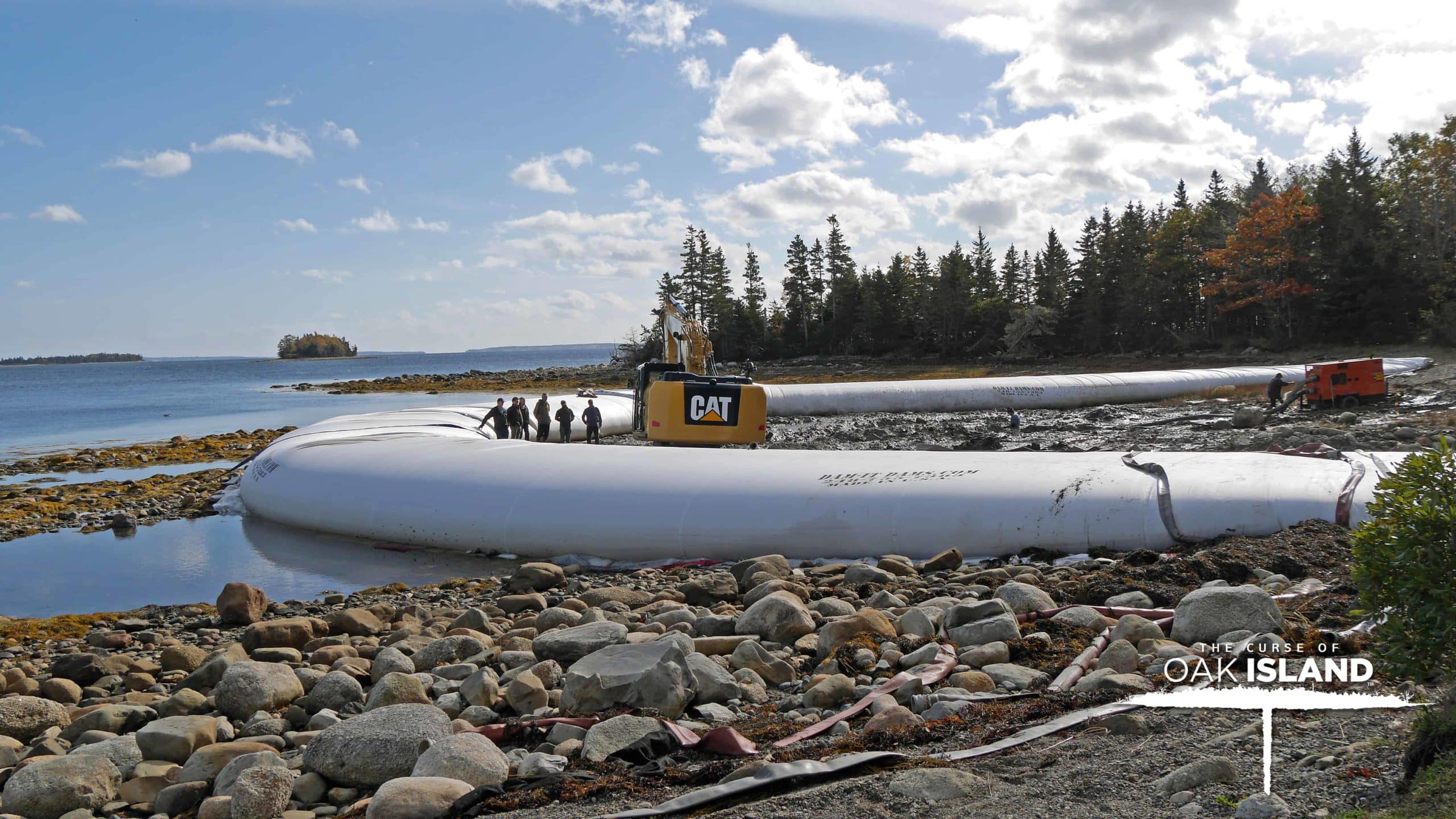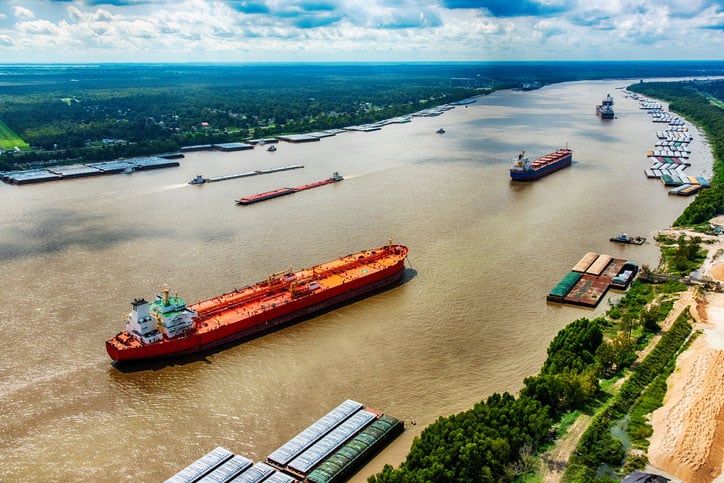Oil spills are a hazard that affects marine life, can devastate ecosystems, poison drinking water supplies, and close down entire sections of rivers. While media outlets more widely cover larger spills on the coast, dozens of river spills have had similar or even more significant impacts on human and animal populations.
River Oil Spills Aren’t Like Ocean Spills
The most significant difference between river and ocean oil spills is that the ocean has an ever-changing, unpredictable, and fluctuating current. Rivers tend to have a more constant flow and always move in one direction. Additionally, rivers have more vegetation on the banks and are closer to the water’s surface. Due to the relative shallowness of rivers (compared to ocean waters), oil can sink and mix into the sediment, poisoning the ground for marine life and potentially making its way farther downstream than predicted. Further, vegetation and sheer sides on the edge of rivers can hamper efforts to clean up a spill.
Due to this and several other differences, river oil spills pose an incredible danger to locals up and downstream.
Clean Up River Oil Spills by Using The Proper Equipment
Preparing to react quickly to a river oil spill is one of the most critical steps for limiting ecological impact. Ensuring you use the right equipment effectively and precisely can make a significant difference. One such piece of equipment is an inflatable cofferdam. How can an inflatable cofferdam make the difference between ecological disaster and proper oil spill cleanup? Here are just a few of the reasons to consider a portable cofferdam as an essential piece of equipment:
- Limit water flow – Cofferdams can limit water flow in small to medium rivers. Due to the nature of the portable dam, it will stop or lessen the flow of the waters in affected areas.
- Deploy quickly – A portable cofferdam can be deployed quickly and limit the area of impact of a localized spill. Most portable cofferdams take only a few hours and a small team to set them up.
- Expandable – The cofferdams from Dam-It-Dams can be linked together to fill a large area. This utility means a portable cofferdam can be used on all but the most expansive and deepest rivers.
- Reduce environmental impact – A portable cofferdam limits ecological impact when used. More antiquated damming systems are permanent or require significant changes to the bottom of rivers to install and remove. Mobile dams only need to be in place during work and, once a spill is resolved, can be quickly packed up, limiting the impact on the affected river.
Other essential pieces of equipment during an active oil spill include:
- Skimmers– Skimmer devices work by separating the spilled oil from the water and offer the most economical option, as the oil can be reclaimed while restoring rivers. However, skimmers can be easily clogged.
- Sorbent– Absorbent materials like vermiculite, hay, or peat moss, can absorb the oil and water for later separation.
- Burning– While not the most effective method, some of the oil can be burned off in the event of a massive spill. Yet, this method should be used sparingly, especially in rivers, as the released vapors can harm the river ecology and pose a significant risk to local population centers.
- Dispersants– Like burning, dispersants are not the most ecological or effective method. Commonly used to dilute and break down the oil when spills cannot be contained, dispersants use chemical compounds that are often harmful to marine life.
Reach Out to Dam-It-Dams to Help With Oil Spill Cleanup Today
While there are several methods and tips for cleaning oil spills, good old-fashioned containment procedures are of the utmost importance, as a controlled spill can be cleaned in the least destructive way possible. Inflatable cofferdams from Dam-It-Dams are a great way to economically deal with oil spills while also protecting the local environment. To learn more about inflatable cofferdams, don’t hesitate to reach out to our team today by phone at 810-695-1695.


